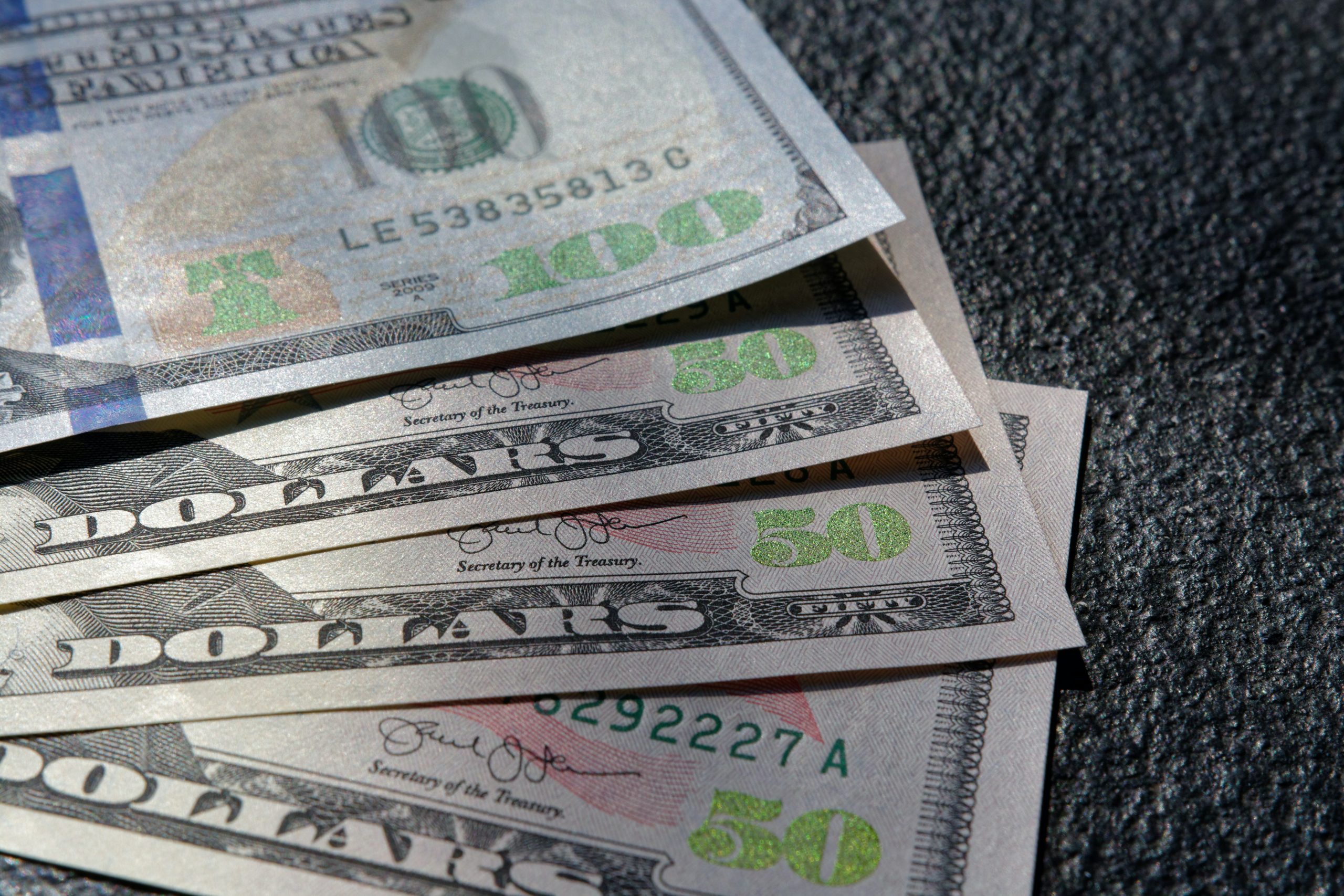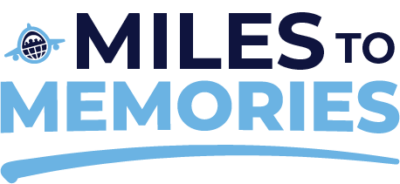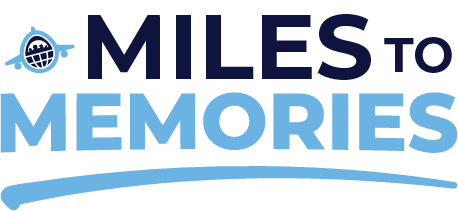
How to Track Stimulus Checks
Update 3/31/21: More payments have been scheduled. If you were seeing information not available a few weeks ago it is worth checking now to see if your payment has been updated.
Update 3/14/21: The IRS has updated the Get My Payment tool earlier than expected so you should be able to check on the progress of your payment. It looks like not everyone has been loaded into the system yet so you may need to check back again in a few days if you are getting a paper check.
A second round of stimulus checks was approved at the end of 2020. Some people have already received their $600 directly in their accounts. For those who are still waiting, the Internal Revenue Service has relaunched a tool that helps Americans track the second stimulus payment.
The Get My Payment tool is now available again as of Monday, offering a way to check on the $600 stimulus checks in the Covid-19 relief package passed last month.
The first checks were sent almost immediately once the bill was signed by President Trump. The checks started being sent out electronically on Dec. 29, and the first paper checks, for those for whom the IRS does not have electronic banking information on file, began going out on Dec. 30.
Eligibility
Those eligible will receive a payment of up to $600, or up to $1,200 for married couples or those filing jointly. There’s also $600 for each qualifying child under age 17 in the household.
You will receive the full payment if you have adjusted gross income for 2019 up to $75,000 for individuals, up to $112,500 for head of household filers, and up to $150,000 for married couples filing joint returns. It starts phasing out for higher earners.
What You Need to Do
If you haven’t received a payment yet, you don’t need to worry. IRS says that you do not need to take any action to get your payment. That’s if you already filed taxes in 2019 or if you registered for the first payment online at IRS.gov using the agency’s “Non-Filers” tool, or if you submitted a simplified tax return that has been processed by the IRS.
You must have registered through that “Non-Filers” tool by Nov. 21, 2020. Now you can no longer do so. But, if you didn’t file a tax return and didn’t register with IRS last year, you are still eligible for a payment. You can claim the “Recovery Rebate Credit” when you file your 2020 federal income tax return.



ps, psa warning about the advice to “hurry up and file your 2020 taxes” to be sure you’ll get the latest payments: If you received any UI payments last year, emphatically do NOT follow that advice, unless you want to have greater tax liability now and file amended returns later. (Key issue — first 10k in UI benefits received in 2020 is now exempt from taxation….. but the IRS has not as yet made the requisite changes — much less the tax filing programs.
another issue is the fact that millions of us who filed our taxes via mail last year (for 2019 taxes – in part due to idiotic, unexplained glitches with the on-line verification tools back in July) have still not seen any evidence of our return even being received, much less processed. Lazy media generally ignores us….. instead repeating the IRS pie in the sky about everything is just wonderful, that we’ll eventually get it.
Never received either of the payments, so far unable to find out why (I qualify). The IRS says I will have to claim the recovery rebate credit on my taxes.
What is so often not made clear is that while 2019 income tax returns are used to establish who will receive these payments your 2019 income is NOT the basis for eligibility, or to “qualify.” Your 2020 income is the basis for both stimulus payments; while overpayments will not need to be returned (last I read), under payments – such as not receiving anything b/c your 2019 income was to high, you will be fully paid the amounts when you file your 2020 return:
Form 1040 and 1040-SR Instructions – Recovery Rebate Credit Worksheet
If eligible, you can claim the Recovery Rebate Credit on 2020 Form 1040 or 1040-SR. The 2020 Instructions for Form 1040 and Form 1040-SR will include a worksheet you can use to figure the amount of any credit for which you are eligible.
As was the case with the advance payment of the credit called the Economic Impact Payment, your recovery rebate is up to $2,400 if you file a joint tax return or up to $1,200 for all other eligible individuals. Those with qualifying children will receive up to an additional $500 per qualifying child. Your recovery rebate amount will be phased out if your adjusted gross income for 2020 exceeds $150,000 if you are married filing a joint return, $112,500 if you are using the head of household filing status, or $75,000 if you are using any other filing status.
From the IRS website: Because the Economic Impact Payment you received in 2020 was an advance of the recovery rebate, the worksheet provides you a Recovery Rebate Credit to the extent your recovery rebate amount is more than your Economic Impact Payment.
Government’s way to say, the checks so far were advances, when you file your 2020 return, the correct and final amount you will receive will be paid to you.
Got mine… giving it away.